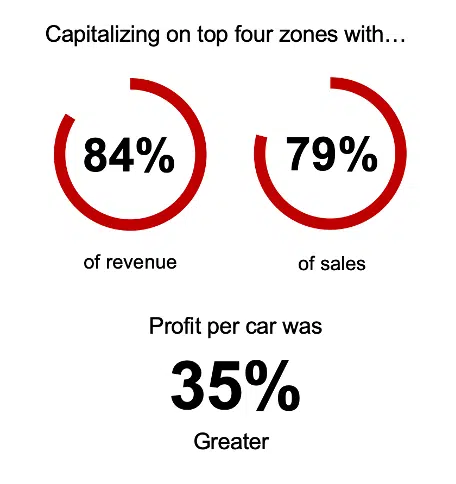You’re gearing up to launch a marketing campaign to tell customers and prospects all about your brand or offering—great! Likely you have an idea of what your campaign creative will look like, where you want to place/buy media, and how you’ll get the campaign message out there.
Not so fast! Have you conducted the necessary research and made the right preparations to truly understand your consumer segment, i.e., who the campaign is intended to reach? To avoid a cart-before-the-horse-situation, take a look at these steps to make sure you’ve identified your audience and are set up for success.
Step 1: Conduct Market Research
Determine your market research method. You’ll want to think of the qualitative and quantitative data you can gather on your consumer to consider their interests, behaviors and characteristics to better understand how you’ll reach them. For your qualitative data, you’ll want to compile information about the potential customer through
• Surveys
• Focus groups
• and/or product reviews and testimonials
For a well-rounded data set, consider how you’ll aggregate quantitative data. There are third-party databases and research companies you can use to find valuable insights about your consumer. eMarketer, Mintel Reports and Statista, are a few places to start.
Step 2: Mine First Party Data Sources
Consider how your organization’s own first party data will inform the campaign approach. Matching first party data to media behaviors and then measuring outcomes is the name of the game for marketing success. Since targeting is only as powerful as the data it relies on, marketing campaigns that include firsthand information about the audience is key. For digital marketing strategies and TV alike, data collected from website visitors, customer relationship managers (CRMs), email lists and more are imperative for campaign strategy development.
For automotive dealers, a reliable first-party data set might look like a list of vehicle leases who are up for renewal or trade-in. For a new car dealer in Pittsburgh, PA, a pre-campaign analysis of their profitability by zip code resulted in identifying the four key zones, that accounted for 84% of their sales. These four zones generated a +35% higher profitability per transaction than areas further away. This intel provided an area to focus on and minimized the risk of advertising in geographic areas that did not drive a big return for the dealership.1
This intel minimized the risk of advertising in geographic areas that did not drive a big return for the dealership.
For retail stores, loyalty member lists are crucial to reaching an engaged audience with messaging about an upcoming sale, for instance. How might you organize and maintain your own first party data sources for your organization so that when it’s time to plan a campaign, you have the right resources available?
Step 3: Consider the Media Mix & Your Goals
There are many factors that go into deciding where your marketing campaign will run. In addition to the aforementioned market research and first party data information, there are other factors including timeline, budget, processes, etc. to consider as well. If your marketing campaign includes a video advertising message, you’ll want to weigh all the options available to run your media.
Here are a few considerations by option:
• Television: data and technology have changed the way advertisers place and track TV advertising campaigns, and now providers like Effectv can show campaign impact and return on an advertiser’s investments. TV advertising creates upper funnel awareness, a key driver in maintaining brand growth, which is universally important no matter the advertiser. Research shows TV in parallel to other forms of advertising improves total campaign performance and alongside digital advertising, enables the video ads to be more appealing to audiences.
• Digital Video: While the targeting and measurement of digital advertising is available on TV along with its impact and broad reach, there’s value to reaching audiences where they spend time online with video. Placing video ads in digital video environments requires finesse to access premium video inventory at scale, so working with trusted partners is key.
• Social Media: similar to digital video, social media advertising with video ads tends to skip over the broad awareness needed to drive true campaign success. However, to get the most out of campaign video, consider how you might repurpose assets for social media campaigns.
Perhaps the most important reflection prior to determining your marketing channel is setting your goals and objectives. Key performance indicators or KPIs are important at the onset to not only determine which platforms you’ll advertise on but also on the backend of the campaign to access success. Marketing campaign KPIs might look like
• Number of new widgets sold
• Number of new website visitors
• Percentage of market share
• Conversion rate for a specific call to action
• And many more, these vary by advertiser
Performance measurements is the final and arguably the most important step to the campaign overall, so choose wisely.
Campaign success starts and ends with data. By taking the necessary steps to make sure you have arrived at the best marketing strategy possible with insights derived from market research, first party data sources and lining up the right media channels, you’ll drive better outcomes for your organization when it comes to marketing campaigns.
1: Analysis of customer data from new car dealer in Pittsburgh (Jan16-Mar17)




